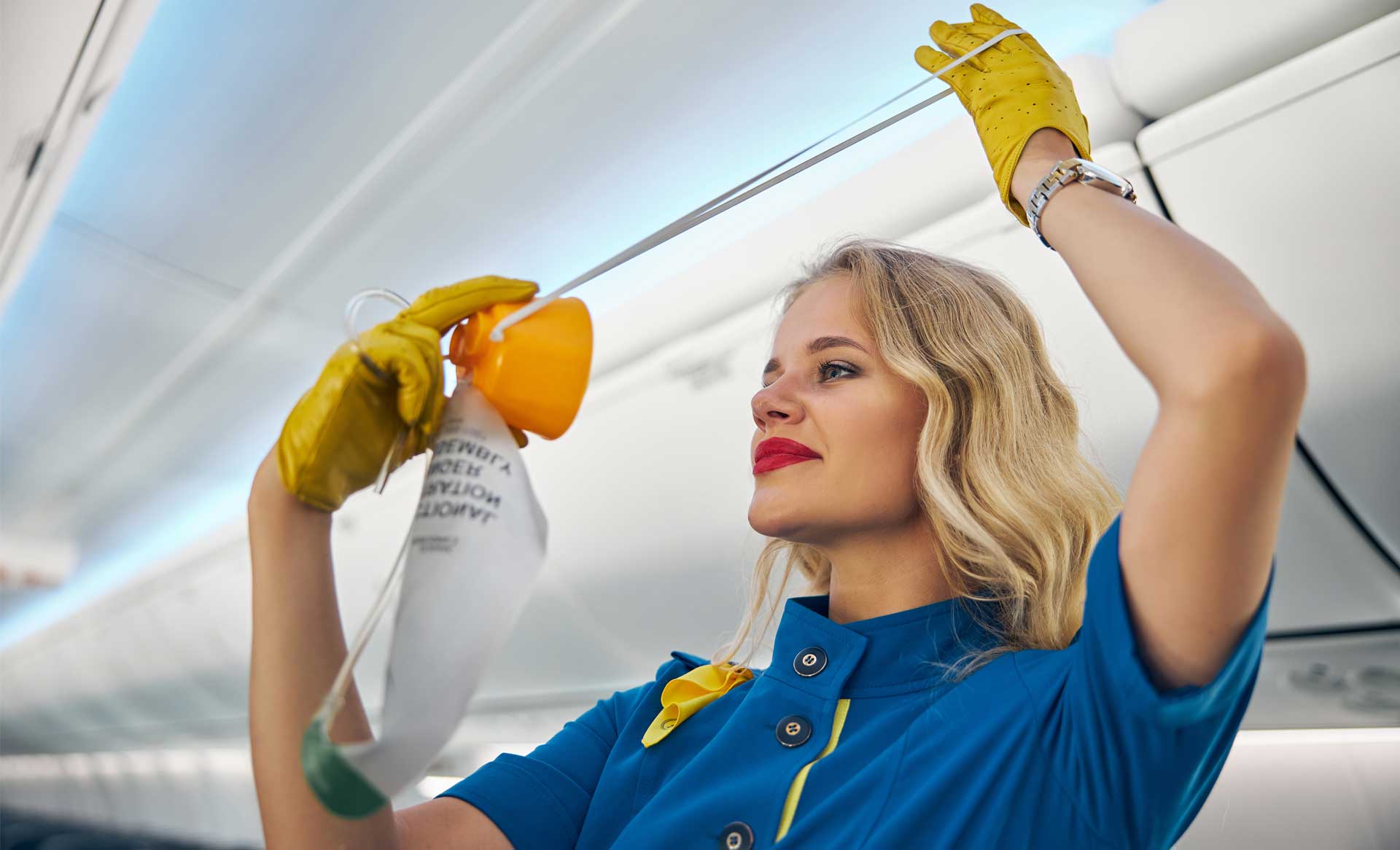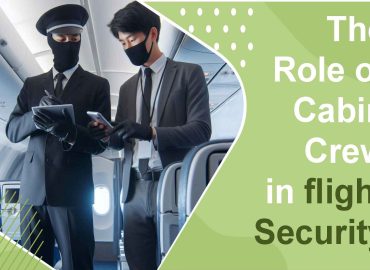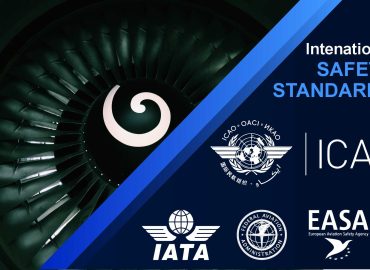- By Ali
- March 19, 2024
- Comments (0)
Safety is the top priority in aviation, and cabin crew members are on the front lines ensuring passenger security and well-being. Mastering safety protocols is a fundamental part of their training. This article explores the essential training components that prepare cabin crew to handle a variety of situations with confidence and efficiency.
1. Initial Safety Training: Building a Strong Foundation
The journey to becoming a cabin crew member begins with intensive initial safety training. This comprehensive training covers various critical areas:
- Safety Equipment Operation: Learning to use equipment like oxygen masks, life vests, fire extinguishers, and evacuation slides.
- Emergency Procedures: Training for scenarios such as emergency landings, decompression, fires, and water landings.
- Aircraft Familiarization: Understanding the layout and specific safety features of different aircraft types they will be working on.
2. First Aid and Medical Response
Cabin crew members are often the first responders to medical emergencies during flights. Their training includes:
- Basic and Advanced First Aid: Techniques for treating common in-flight medical issues like fainting, allergic reactions, and minor injuries.
- CPR and AED: Certification in cardiopulmonary resuscitation (CPR) and the use of automated external defibrillators (AED) for cardiac emergencies.
- Managing Medical Kits: Familiarity with the contents and use of the onboard medical kit, including medications and tools for more serious health issues.
3. Fire Safety and Evacuation Procedures
Fires on board an aircraft are rare but extremely dangerous. Cabin crew are trained extensively in fire safety and evacuation procedures:
- Fire Prevention: Identifying potential fire hazards and taking preventative measures.
- Fire-Fighting Techniques: Using fire extinguishers, smoke hoods, and other equipment to control and extinguish fires.
- Evacuation Drills: Leading passengers to safety during an evacuation, ensuring quick and orderly egress from the aircraft.
4. Security Training: Protecting Against Threats
Security is a critical aspect of cabin crew training, preparing them to handle various threats:
- Dealing with Unruly Passengers: Techniques for de-escalating conflicts and managing disruptive behavior.
- Hijacking and Terrorism Response: Procedures for handling hijacking attempts and other security threats, including communication with the flight deck and ground authorities.
- Identifying Suspicious Activity: Training to recognize and respond to potential security risks, such as suspicious behavior or items.
5. Continuous Recurrent Training
To ensure their skills remain sharp and up-to-date, cabin crew members undergo regular recurrent training:
- Annual Refresher Courses: Mandatory courses covering updates in safety protocols, equipment, and regulations.
- Simulation Exercises: Practical drills and simulations to practice emergency responses and maintain proficiency.
- Performance Assessments: Regular evaluations to ensure crew members meet the required safety standards and competencies.
6. Psychological Preparedness and Crisis Management
Handling emergencies requires not just technical skills but also psychological resilience and effective crisis management:
- Stress Management: Techniques for staying calm and focused under pressure, critical for effective decision-making during emergencies.
- Communication Skills: Clear and assertive communication to manage passengers and coordinate with the flight deck and fellow crew members.
- Leadership Training: Developing leadership qualities to take charge during critical situations, ensuring passenger safety and maintaining order.
Conclusion
Mastering safety protocols is essential for cabin crew members, ensuring they are well-prepared to handle any situation that arises during a flight. From initial training and continuous learning to specialized skills in first aid, fire safety, security, and crisis management, cabin crew training is comprehensive and rigorous. This extensive preparation is what enables cabin crew to ensure the highest standards of safety and security for passengers, making air travel a safe and reliable mode of transportation.



